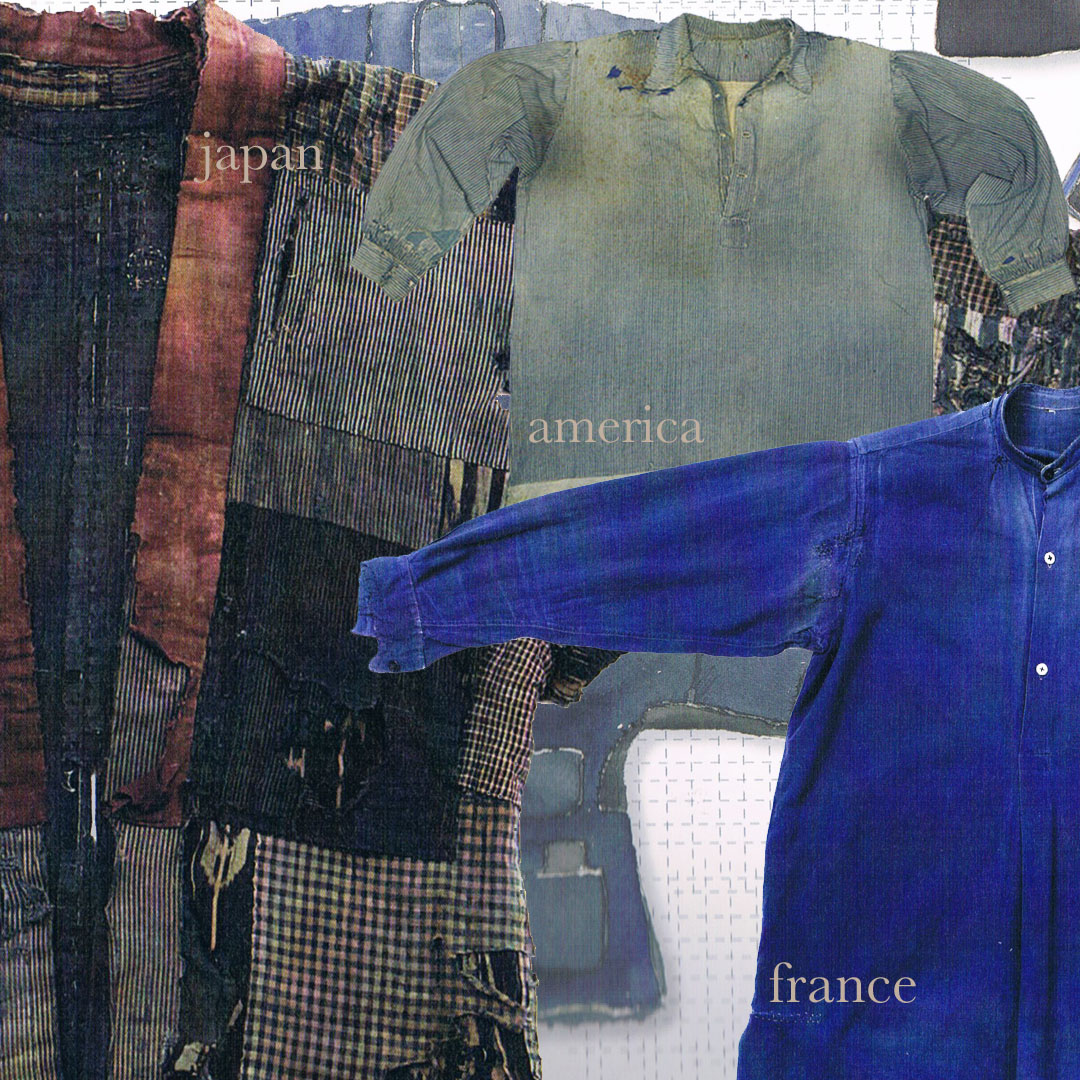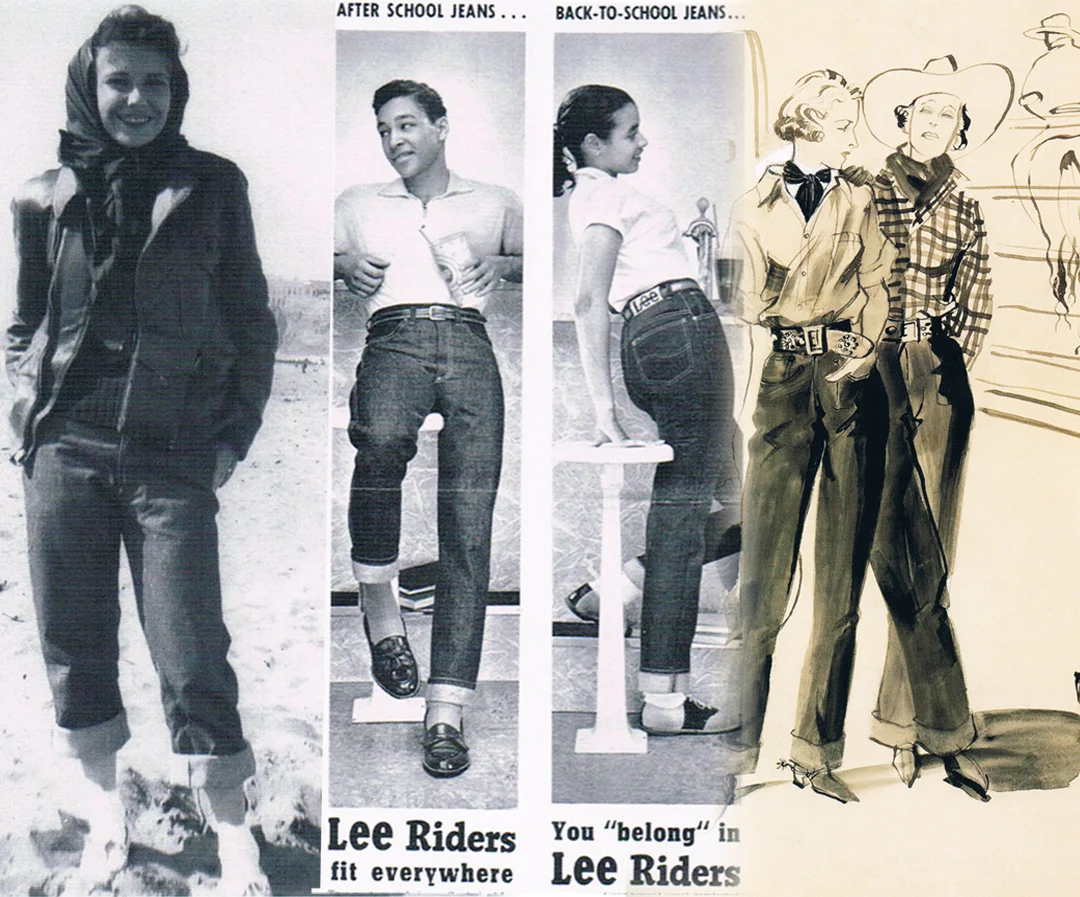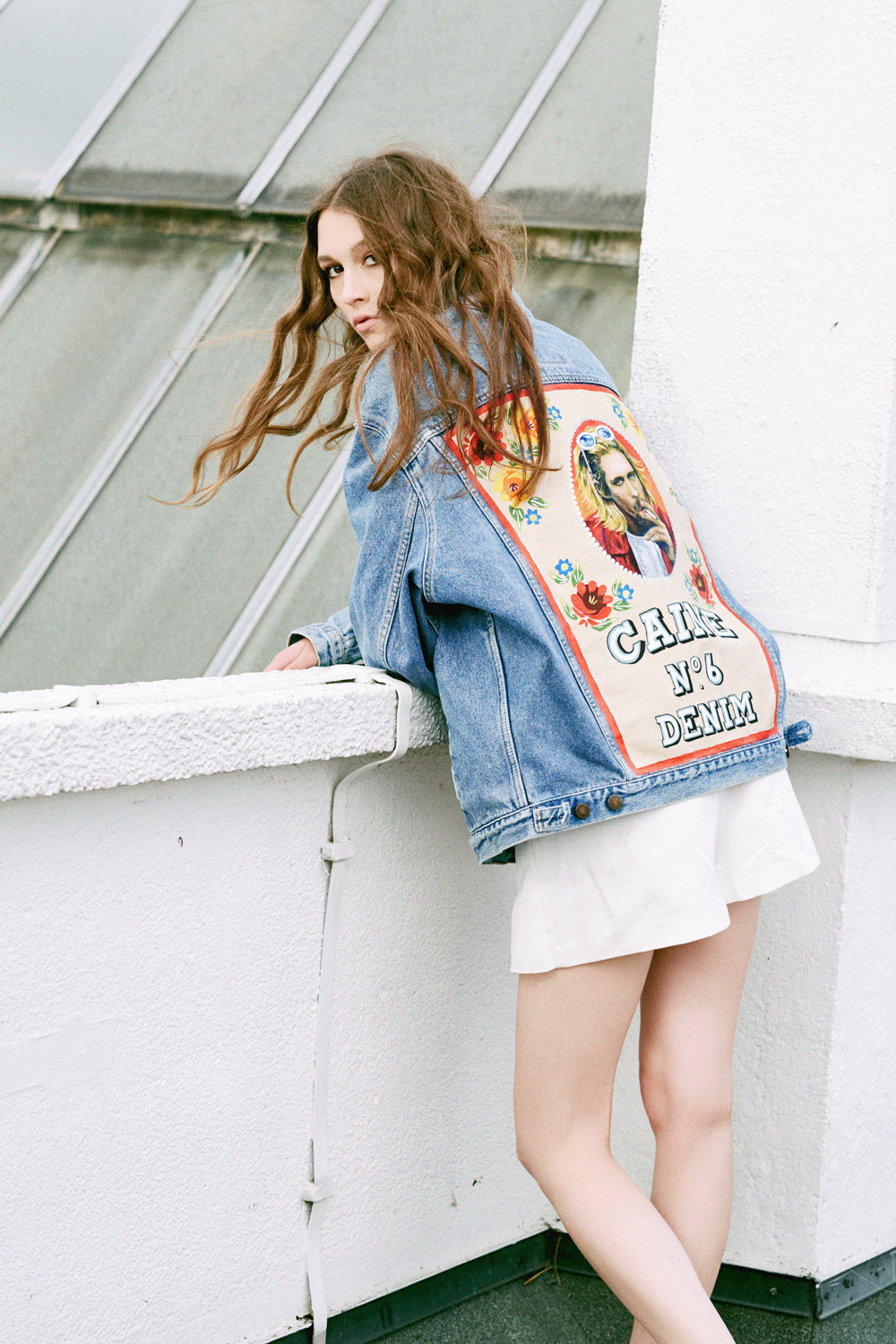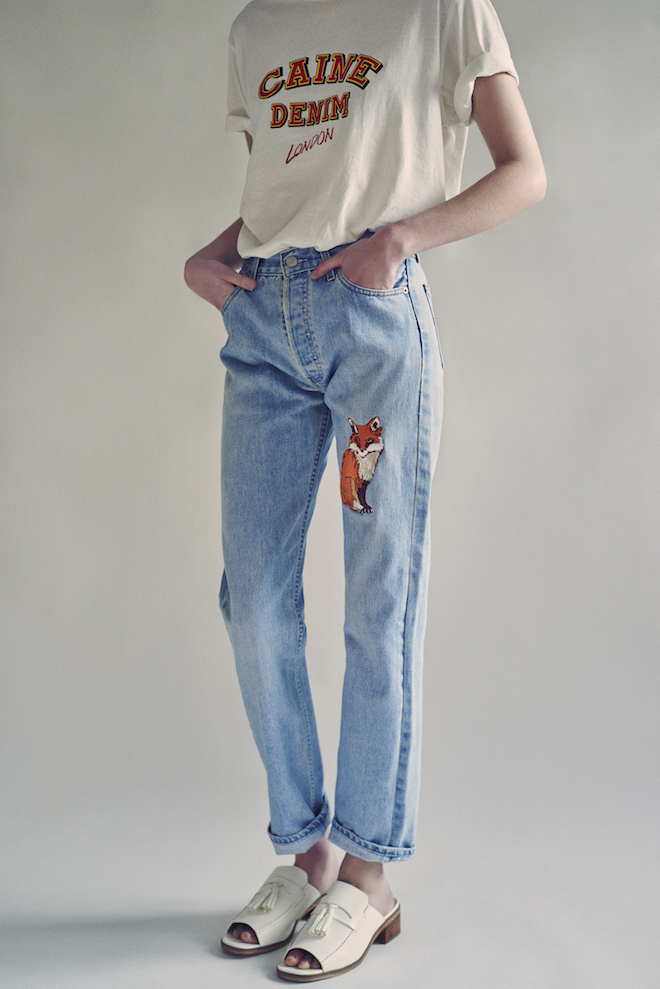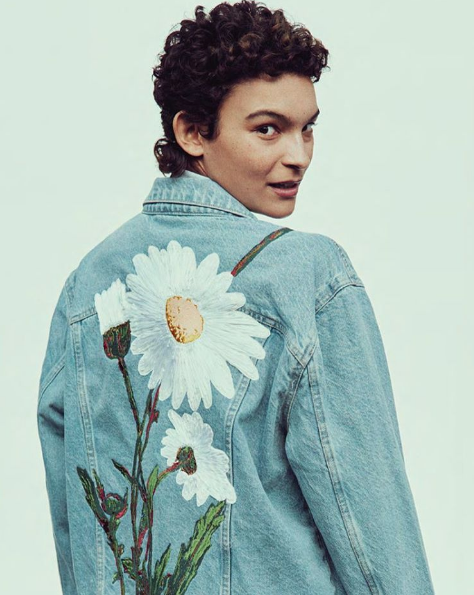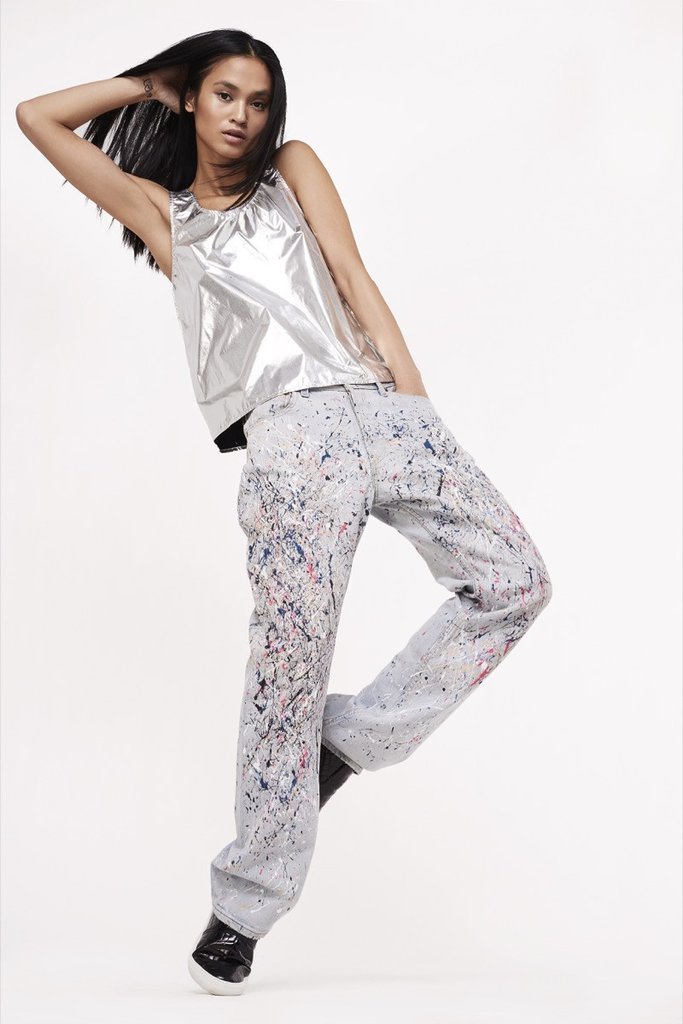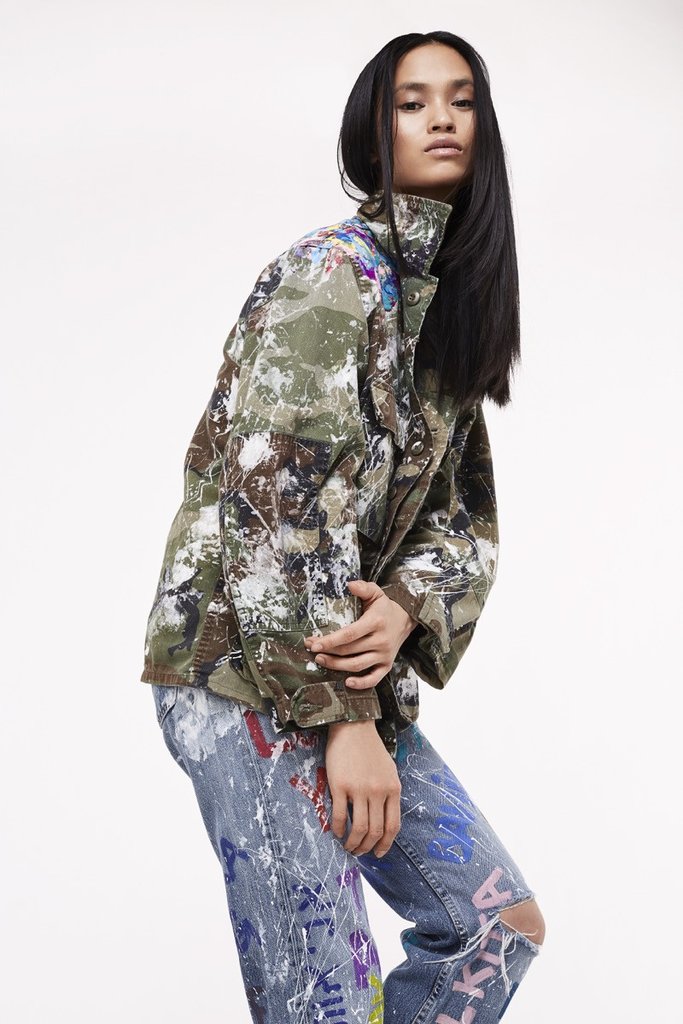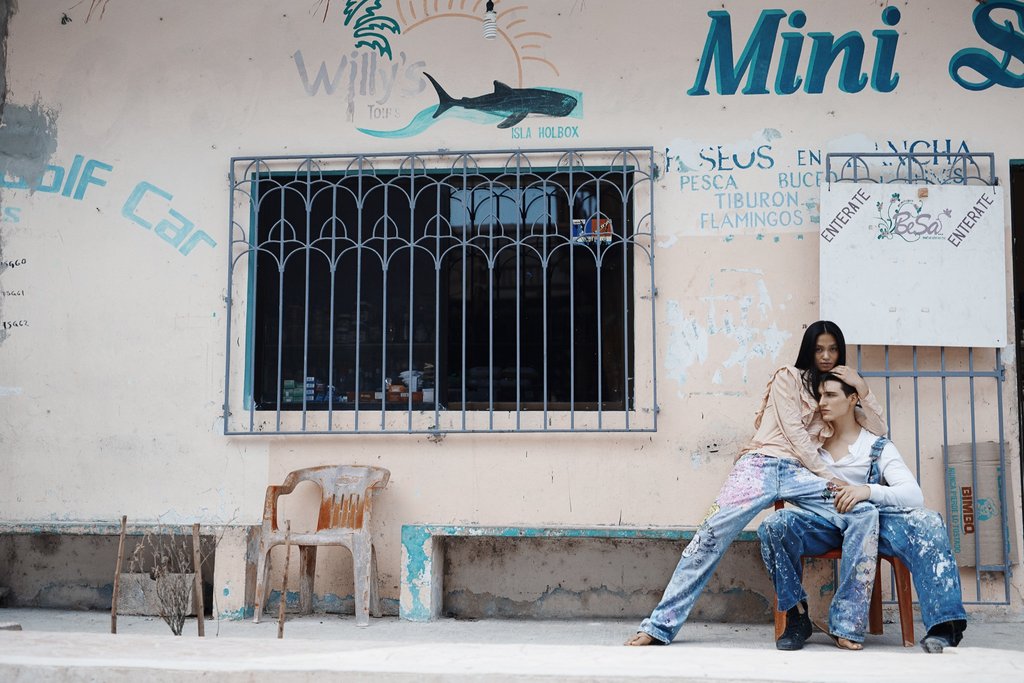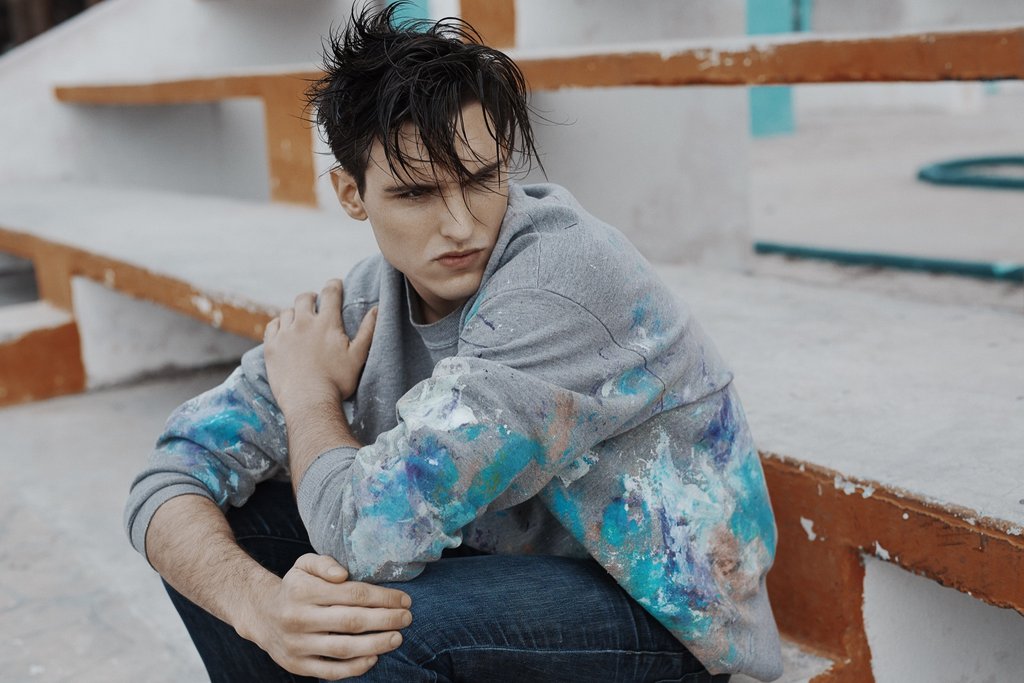Indigo denims started life in the 1800's as work garments and denim style has come a long way since then embracing every shape and fit demanded by fashion trends. Paradoxically the origins of workwear denim and style continue to influence fashion denim even now. Rough textured coarse indigos tinted brown to emulate a "weathered" look and worn torn edges to represent the real original are just two examples of what we do to cheat our way back into history in re-generated styles that fit better than the originals.
The romance of indigo was born in many cultures in different ways, from Japanese kimonos to French artisan overalls to American factory and railroad workers. Many such vintage items that still exist are the more charming due to piecing and patching over generations with denim or other local fabrics.. Such garments are now preserved in museums but their spirit lives on in styles and shapes aped by contemporary fashion designers.
What is remarkable is the way in which the indigo colour has been either preserved or has faded whilst still retaining its amazing hue.
Styles that live on are dominated by the cover-all / flying suit /over-all i.e., originally an all-in-one protection. Now massively popular in denim fashion, RTW and expensive couture versions. More popular than it has ever been, but not for work! The bib n' brace or dungaree comes and goes in fashion popularity, currently enjoying one of its many revivals mainly in denim or plain cottons enhanced by contrast patching which amusingly emulates the originals. Enjoying a parallel revival are cotton cords, ribs, ridges, ticking stripes and herringbone tweeds, all reminiscent of vintage workwear.
The original work jean was popluarised by Levi Strauss in the late 1800's. This quickly became the cowboy jean with which we are all too familiar now approximately 150 years later. The denims are likewise little changed such that Levi closely guards and protects both shape and denim technology continuing to achieve the original looks.


